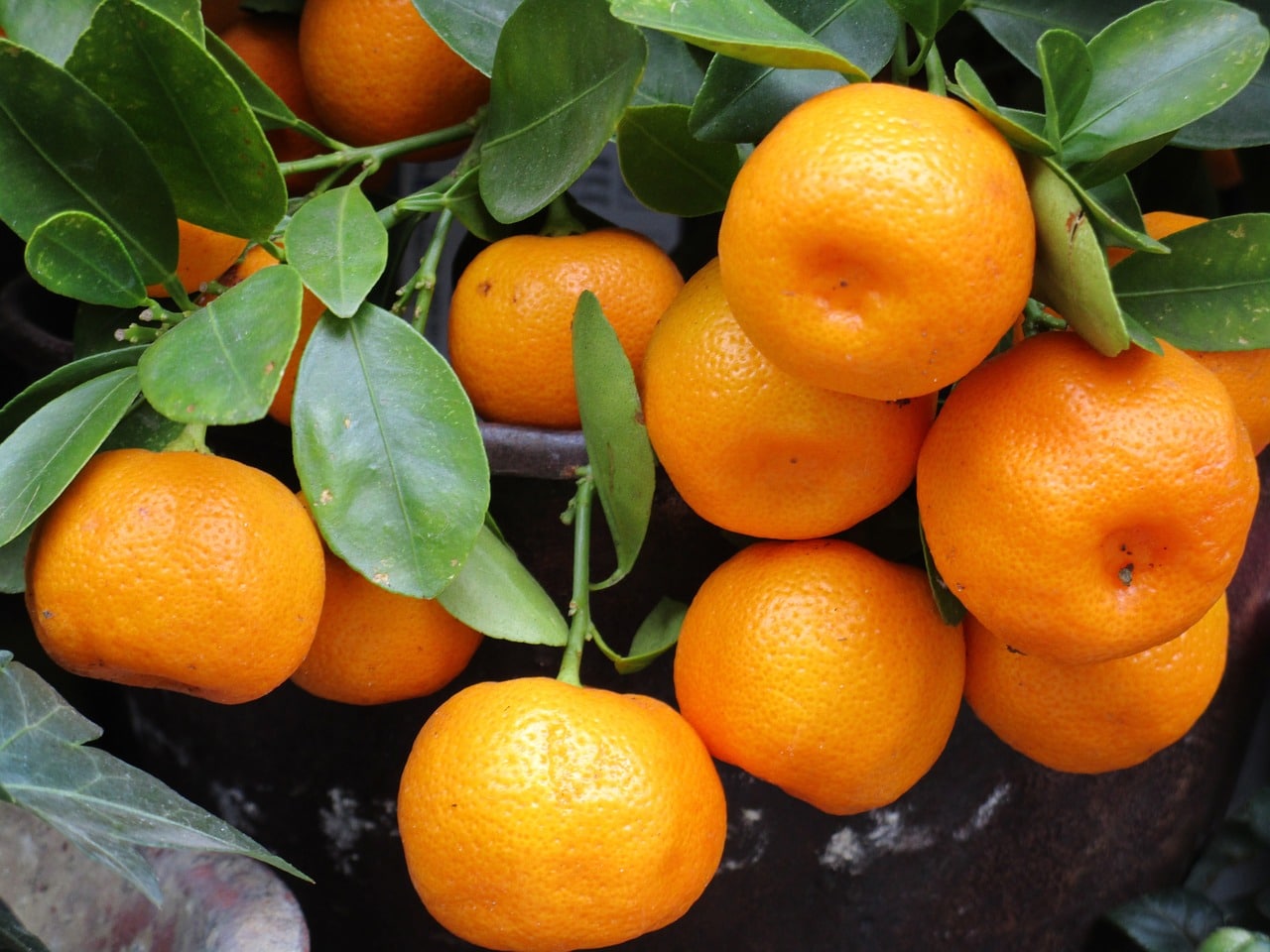Resolving the question whether plants exclusively obtained by essentially biological processes can be patented.
By Szonja Csörgő and Dominic Muyldermans
On 14 May 2020, the Enlarged Board of Appeal of the European Patent Office published its opinion in case G3/19. The Enlarged Board adopted a dynamic interpretation of the law and concluded that plants (and animals) exclusively obtained by essentially biological processes are not patentable.
In its opinion the Enlarged Board came back on its previous decision in the Broccoli II case (G 2/12) in which it had stated that even if an essentially biological process is not patentable itself, the patentability of the products needs to be assessed on its own merits. The so-called dynamic interpretation of Article 53(b) EPC, adopted in the recent opinion, allowed the Enlarged Board to take into account developments that took place since the adoption of the previous decision. Besides considering the numerous amicus curiae briefs received in the case, the Enlarged Board reviewed its own case law concerning Article 53(b) and considered the legal and political developments since 2015. Among those, the interpretative notice issued by the European Commission in 2016 regarding the interpretation of the EU Biotech Directive 98/44; the adoption of Rule 28(2) by the Administrative Council of the EPO in 2017 and the changes that a number of EPC countries made to their national patent laws to exclude explicitly products obtained by essentially biological processes from patentability were considered.
Whereas it confirmed its previous case law regarding the interpretation of Article 53(b) reached in cases G 1/98, G 2/07 and G 1/08 as well as in case G 2/12, the Enlarged Board confirmed that the developments that took place since the decision in G 2/12, in particular the adoption of Rule 28(2) by the Administrative Council of the EPO, justify a dynamic interpretation of the article, and concluded that Rule 28(2) provides for the final interpretation of Article 53(b), which it endorsed. It further confirmed July 1, 2017 as the start of application of Rule 28(2) (footnote 1).
[tweetshareinline tweet=”Innovation in plant breeding is critical; allowing to do more with fewer inputs & develop improved plant varieties that better meet consumer demands, providing safe, affordable, diverse, and nutritious food.” username=”ac9005dca5d695555710bfaf7bb2c6c1″]
This decision finally brings to a close the legal and political discussion on the question of patentable subject matter, which is highly appreciated by the European seed sector. At the same time, the seed sector wants to emphasise that innovation in plant breeding continues to be critical both for breeders and farmers; it allows to do more with fewer inputs and develop improved plant varieties that better meet consumer demands and expectations, providing safe food, that is affordable, diverse and nutritious. This innovation life cycle safeguarding the probability and availability of these innovations can only be secured by ensuring effective intellectual property protection, which requires both effective plant breeders’ rights (PBR) and patent rights. In the past decades, many technical tools have been developed in the field of plant breeding which increased the potential to overcome the ever emerging environmental and societal challenges. Whereas PBR remains the most suitable, effective and balanced way of protection for plant varieties as such, some plant related inventions require another type of intellectual property protection. Patents are an important tool to protect such intentions.
[tweetshareinline tweet=”Whereas PBR remains the most suitable, effective and balanced way of protection for plant varieties as such, some plant related inventions require another type of intellectual property protection.” username=”ac9005dca5d695555710bfaf7bb2c6c1″]
The seed industry therefore continues to advocate for an effective and balanced patent system and is working on mechanisms that allow for a balanced coexistence of patents and plant breeders rights. Such important mechanisms include:
- Creating and further enhancing transparency regarding commercially released varieties that are covered by the scope of patents. This is already effectively addressed through the PINTO (Patent INformation and Transparency On-line) database set up by Euroseeds in 2013, which is continuously updated and used by many in the seed industry and beyond.
- Introduction of a limited breeders’ exemption across the European Union. This exemption is already included in the patent law of several European countries and in the Unified Patent Court Agreement yet to enter into effect. A limited breeders’ exemption allows for the use of biological material falling under patent protection for breeding of new varieties, but it does not allow for the commercialization of any newly developed variety that would still fall within the scope of the relevant patent. This allows background germplasm to be used for further product development. It is expected and hoped that consistency and harmonization of legal frameworks regarding a limited breeder’s exemption will happen at national level. This would ideally take place once the Unitary Patent System has entered into full force and effect, however this is currently delayed and uncertain.
- Ensuring that only high-quality patents are granted by clarifying and refining the patentability criteria (novelty, inventive step, sufficiency of disclosure, clarity), including the EPO patent examination guidelines for plant material (i.e. by securing the requirement of a reproducible technical step). This has been implemented through regular, fruitful exchanges with the staff of the European Patent Office. Further on, the cooperation that has been in place since a number of years now between the EPO and the Community Plant Variety Office (CPVO) has greatly contributed to the continuous improvement that can be observed with regard to examination of plant-related inventions at the EPO.
- Licensing on FRAND (Fair, Reasonable and Non-Discriminatory) terms. Within the seed sector licensing on FRAND terms is encouraged. This can be further facilitated by collective licensing arrangements, such industry licensing platforms. One example if such an initiative is the International Licensing Platform Vegetables [hyperlink: ilp-vegetable.org ]
The seed industry is of the view that a stable, predictable, balanced and effective framework of IP protection for all plant related innovations, including PBR and patents, is needed that ensures legal clarity, thereby providing an incentive for investments in R&D and the creation of shared value for technology developers, breeders, farmers and society as a whole. The recent opinion of the Enlarged Board brings the legal and political discussions to a close and together with the abovementioned initiatives contributing to an effective framework further legal certainty can be secured. These initiatives should therefore be further developed by and within the European seed industry since their value in supporting an innovative environment in Europe and safeguarding a balanced IP system is crucial.
Editor’s Note: Szonja Csörgő is Director IP & Legal Affairs at Euroseeds and Dominic Muyldermans is Senior Legal Consultant IGO Affairs at Croplife International
1: This means in practice that all the patent applications that have been filed before the date of entry into force of Rule 28(2) (being July 1, 2017) will be examined and decided upon pursuant to the legal framework applicable before Rule 28(2) was enacted. This is supposed to ensure the legal certainty and legitimate expectations of patent applicants.













